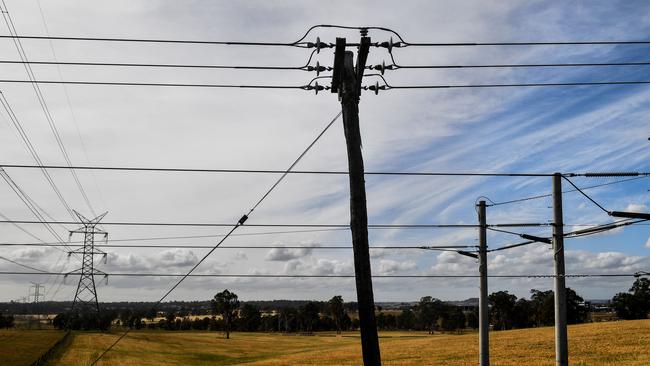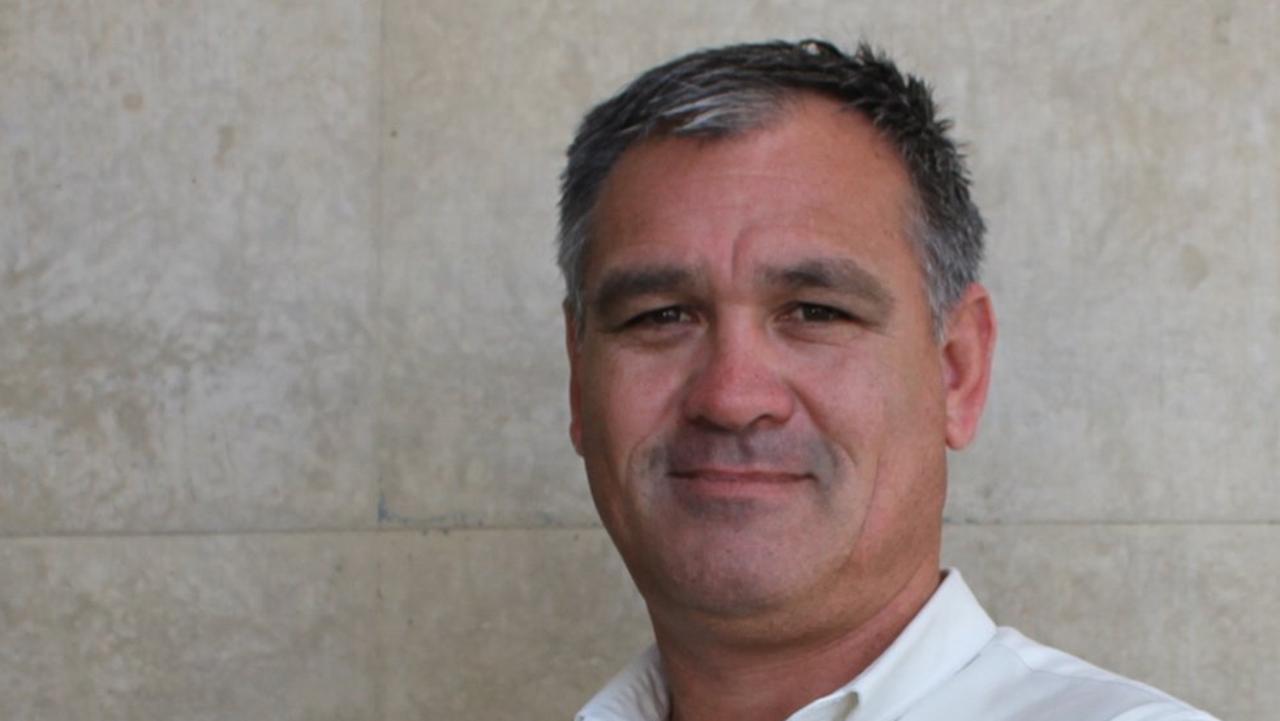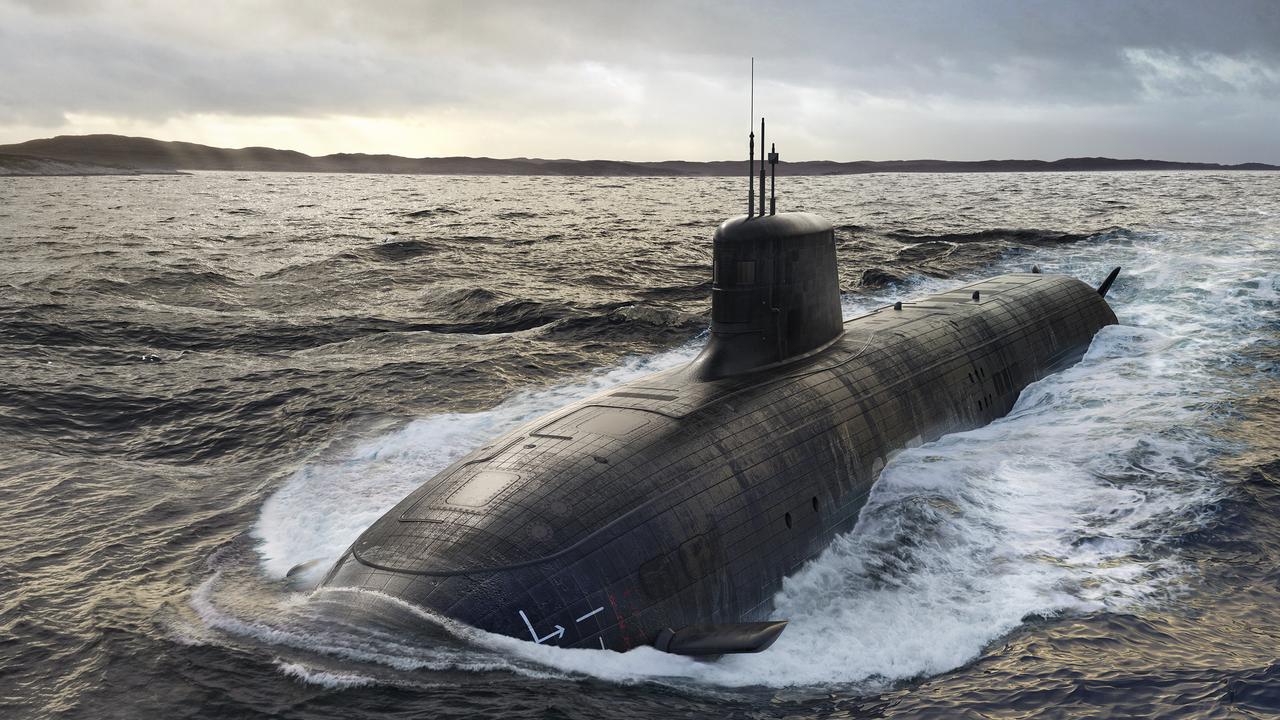Power grid plans for emissions target
Operator of the nation’s electricity grid starts planning how to integrate net zero emissions by 2050 target into the system.

The operator of the nation’s electricity grid has begun planning how to integrate net zero emissions by 2050 target into the system, as the Morrison government faces pressure to formally back the carbon-neutral commitment by the end of the year.
The Australian Energy Market Operator has for the first time added a net-zero scenario to a key planning and forecasting report, according to documents distributed to stakeholders.
It will also model gas prices over the long term after energy companies labelled the chance of a gas-led recovery as “very unlikely”.
AEMO told stakeholders it would outline a blueprint for a net-zero emissions plan as it responded to feedback to a draft consultation paper from state governments, energy companies and environmental groups.
The consultation paper will form the basis for the next integrated systems plan, due next year.
“There is a clear desire across stakeholders to consider a commitment to net zero by 2050,” the document said.
AEMO said because of the feedback, it would create a blueprint of the “current trajectory scenario”, based on the government’s 26-28 per cent 2030 target “with technology and economic trends informing the long term”.
A separate 2050 net-zero scenario would be developed showing how the system could transition from the Morrison government’s 2030 commitment to carbon neutrality by the middle of the century.
The net-zero by 2050 scenario will model how the electricity sector can transition to carbon neutrality linearly from the levels predicted to be met by 2030 based on the government’s target.
The document warns that reaching net-zero by 2050 will likely require an “increased speed of emissions reduction in the electricity sector after 2030”.
A spokeswoman for AEMO said carbon neutrality was a “stated aspiration of all Australian governments”.
“AEMO is considering how best to integrate this objective into some of the scenarios that will underpin the 2022 Integrated System Plan,” a spokeswoman said. “The ISP will also model lower gas prices over the long term.”
Grattan Institute director Tony Wood said it would be the first time a carbon-neutral target was modelled by AEMO. “They have said we need to think about a scenario towards what a transition to net-zero by 2050 would look like,” he said.
“It is not their only scenario.
“One would be the current trajectory, which is based on the policies of now, and the government would argue it could hit net-zero anyway.”
Mr Wood said a blueprint using a linear pathway to carbon neutrality by 2050, based on Australia meeting its current 2030 targets, would be imperfect.
“There is no perfect answer. The whole issue of targets is that it is not really about a point in time. It is about the total amount of emissions between now and the end date,” he said.
“It is probably inescapable that given all the states and territories are committed to net-zero by 2050, and the commonwealth has also said they are committed to net-zero, it makes sense to at least have that as one of the scenarios and see what the difference is.”
The Prime Minister sparked a climate debate within the Coalition this year when he declared it was his preference to reach net-zero emissions by 2050.



